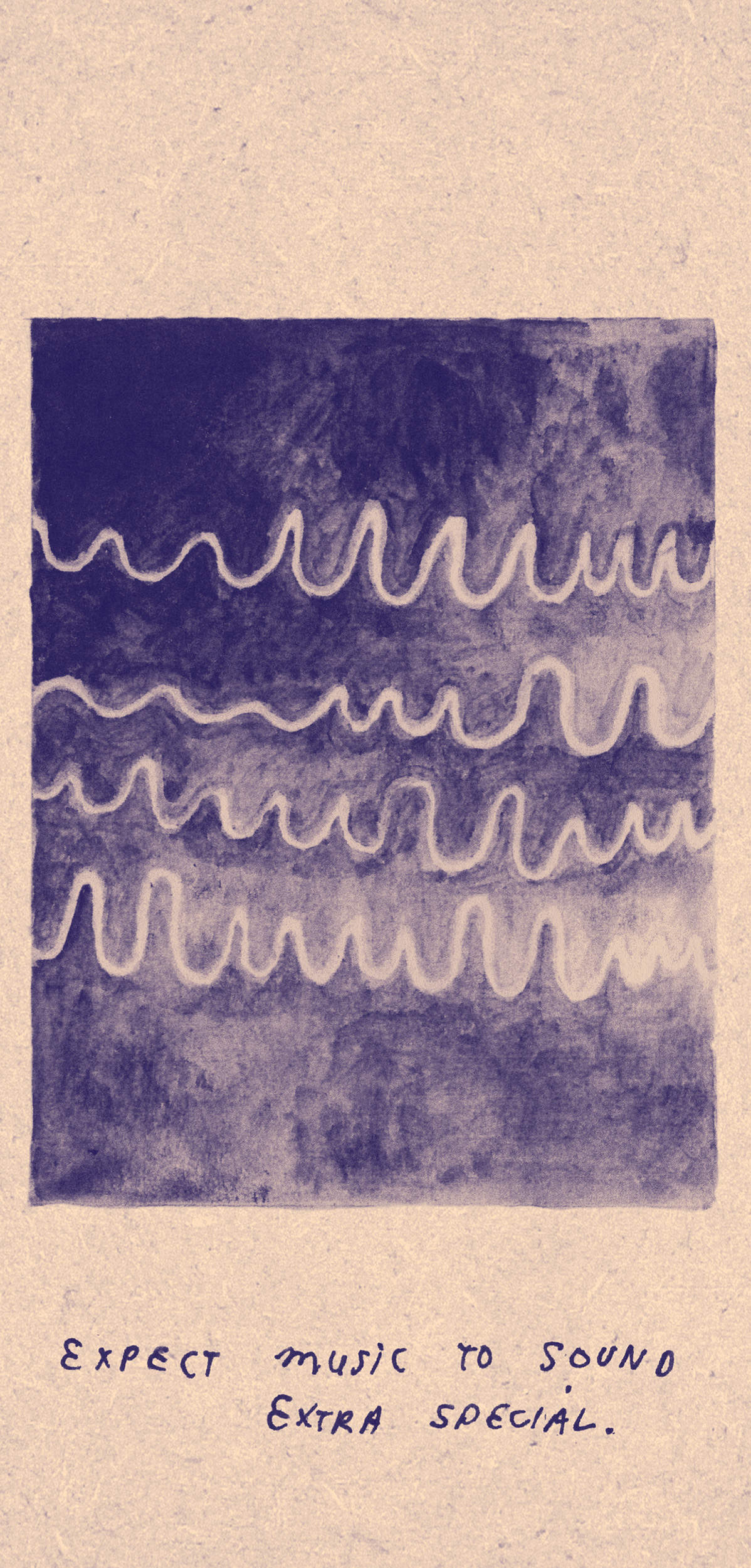Rum (pronounced “room”) is an interesting effect from Klevgrand, a Swedish developer that’s been cranking out innovative plug-ins for the last handful of years. Rum provides room simulation for recorded audio or software instruments.
As stated on Klevgrand’s website, Rum is intended to provide different room reverbs, “As if the audio source was recorded in stereo from the other side of the room, a common technique for recording acoustic instruments in order to breathe life into a dry source.” Like most of us, I’ve been doing this for years with lots of different reverb plug-ins, albeit not one specifically designed to simulate small and medium sized rooms.
Rum’s GUI is thoughtfully laid out from left to right, providing a Gain knob to drive signal into the plug-in, Low Cut and High Cut input filter controls, a list of the room types, an omni or cardioid selector, a three-mode Character switch, a Pre Delay adjustment knob, (tempo) Sync with note selector, plus Ducker and Fatness controls, and three stereo Spread options. Independent Dry and Wet knobs finish it off for further tweakability.
There’s a lot to unpack here, so let’s start with what’s unusual for a reverb plug-in, namely having all of the different reverb types and models displayed in a list right in the GUI. Rum offers Hallway, two Bedrooms, Office, Studios A & B, Kitchen, Staircase, Corridor, and Workshop. It’s nice to have the different reverb types at one’s fingertips, instead of in a categorized dropdown list. It makes comparing easy, especially between subtle effects like small room reverbs that are only blended in 20 to 50 percent with the dry signal. Finding the right room vibe for a sound is quick and painless with Rum. Once you discover a reverb type that works, Rum offers lots of options for tweaking. One feature I didn’t know I needed is Rum’s Ducker, which prevents the hottest transients of the signal from affecting the reverb in an unnatural way. Using the Ducker can result in a much smoother reverb sound, which might be helpful for particular sources. The Character knob is also pretty interesting – I wasn’t sure what to do with it at first, as the changes aren’t immediately better or worse in isolation. But once I started switching between Characters in the context of my mix, it was plainly obvious which mode sat the best with everything else that was going on. In fact, that’s the case with a lot of Rum’s features; they don’t sound particularly useful until using them in context, and then it’s blaringly obvious why they’re available.
In use, I found Rum to be the most helpful in scenarios where I wanted my source to be more “live” sounding and not quite as one-dimensional. Examples include snare drum, electric guitars, vocals, and other in the box sounds like synths and plug-in instruments. For example, at the time of this review, I was mixing a song where an electric guitar and mandolin play the hook, but it wasn’t quite effective enough, so we added some canned acoustic instruments playing the same part in several layers. These sounded rather bland as one would expect, but with Rum I was able to add a bit of space to open up the virtual acoustic instrument tracks a bit and convince the ear that they weren’t necessarily fake. The Hallway room setting is pretty magical in that, to my ear, it sounds like what my brain thinks of when I want “more space.” In a similar manner, the more reflective Workshop room setting provides slap. Rum can also be a bit of a lifesaver when we’re short on time or gear, and not looking to set up additional room mics. Rum is definitely worth checking out if you find yourself in the aforementioned situations – at a price that won’t break the bank!




_disp_horizontal_bw.jpg)